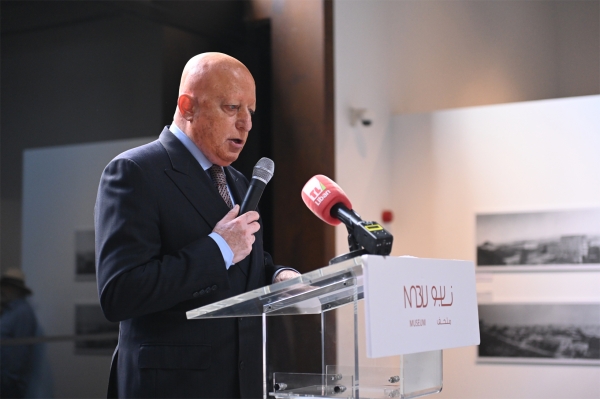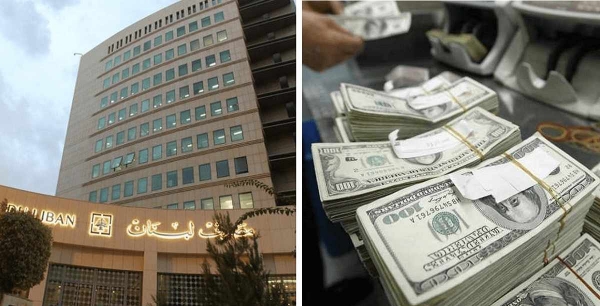Aainata : Clerics and political parties
Overview
Aainata is situated in the Qada’a of Bint Jbeil, 115 km south of Beirut at an altitude of 750m above the sea level. Although its registered population is estimated at 8500 people, the community of permanent residents does not exceed 2500 people.
Clerics
Aainata was best known for its many clerics who left their mark on religious and political life in Lebanon and the region; Iraq, Syria and Iran in particular. Among the clerics were the following:
Sayyed Najib Fadlallah (1863-1916)
This scholar was reputed for his knowledge and solid stances, especially in his opposition to Kamel Al-Asaad, the then leader of the south who visited Fadlallah and extended his apologies to him in person.
Sayyed Sadreddine Fadlallah (1882-1941)
He studied for ten years in Najaf and was popular for arbitrating disagreements between Christian and Muslim farmers and between the farmers and the French. He issued a fatwa that challenged selling lands to the Jews and was always worried about the state of Palestine. When he heard about the expansion of construction around Haifa, he knew that the Jews would take over Palestine and consequently delivered his famous speech “Palestine is lost”.
Sayyed Abdul Raouf Fadlallah (1907-1984)
He was the son of Sayyed Najib Fadlallah. He pursued his religious studies in Najaf and became a prominent scholar there.
He passed on his wisdom and piety to his son Sayyed Mohammad Hassan Fadlallah.
Sayyed Abdul Latif Fadlallah (1904-1941)
He was the elder brother of Sayyed Abdul Raouf Fadlallah. Beside his religious functions, he allocated time and care to intellectual and literary interests and established an Islamic Center including a mosque, a dispensary, a library and a Hussainia.
Sayyed Mohammad Hassan Fadlallah (1936-2010)
He studied for about 22 years in Najaf and became a religious authority, copied by many in Lebanon, Iraq, Bahrain and Iran. He was sometimes portrayed as Hezbollah’s spiritual guru in the media and he wrote hundreds of works and sermons featuring audacious stances on scholarship and jurisprudence.
Sayyed Mohammad Ali Ibrahim
He was born in 1904 and was widely recognized for his extensive religious education although he remained out of the public eye.
Political Parties
The presence of prominent clerics and scholars in Aainata marked the town with a religious and conservative identity. However, the town was also home to several national and political parties.
The Communist Party
The town of Aainata was among the foremost towns that witnessed the emergence of a cell for the then unlicensed Communist Party in 1932. The Party maintained a strong presence despite the prevalent religious orientation which slammed its doctrine as apostatical.
The Arab Socialist Baath Party
Although the Arab Socialist Baath Party was also banned by the authorities, its basic principles found their way to the educated including a number of teachers and students.
The Movement of Arab Nationalists
The concepts and principles of this movement were greeted eagerly within educated circles and many decided to join the movement at early stages, before they shifted their stance towards the Communist Action
Organization
The Amal Movement
Although Aainata is among the very few southern towns with only a few members affiliated with the Amal Movement, the Movement still exercises great influence there.
Hezbollah
Hezbollah presence in Aainata was furtively reinforced during the Israeli occupation, and after 2000 the Party grew to become the major political force in the town.








Leave A Comment